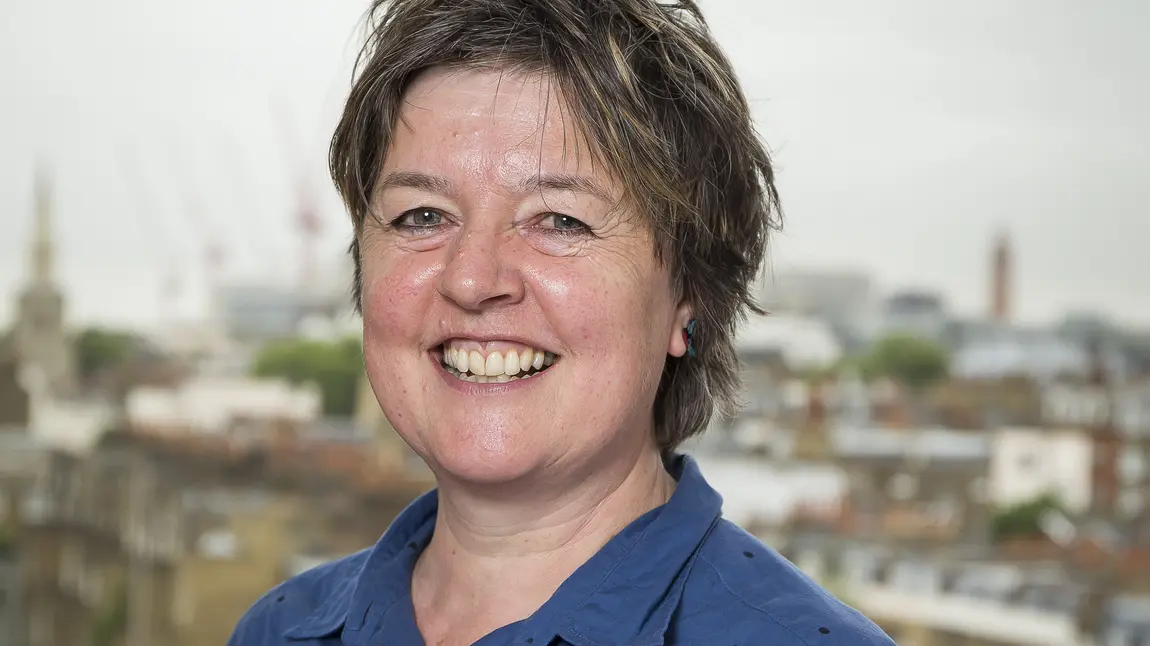20 years of the Disability Discrimination Act

Throughout 2015, I’ve been blogging about areas of good disability and heritage practice. These articles have focused on access, positive mental health and participation in heritage projects by disabled people.
HLF’s aim is to widen and support the ambition of all of us involved in building stronger, more equal access to heritage. In promoting the impact of inclusive heritage practice, I’ve been talking with a range of campaigning leaders about the significance, 20 years on, of the 1995 Disability Discrimination Act (DDA). This legislation promoted civil rights for disabled people before being replaced by the Equalities Act in 2010 in England, Wales and Scotland. The DDA is current in Northern Ireland.
[quote]"HLF’s aim is to widen and support the ambition of all of us involved in building stronger, more equal access to heritage."[/quote]
Informed by decades of lobbying by disability campaigners and by the social model of disability, the DDA achieved legislation that held public services, employers, and civil society accountable in striving for equality. The DDA is widely seen as challenging discrimination and implementing social change in the lives of disabled people.
Recognising the varied experiences of the DDA by disabled people and the range of views on how far inclusive heritage progress has been achieved, I asked two disability and equality sector leaders, Agnes Fletcher, equalities consultant, and Tony Heaton, SHAPE Chief Executive, to share their differing perspectives.
[Editor's note: The contributions below are the opinions of external stakeholders, and do not necessarily reflect the views of HLF.]
Agnes Fletcher, equalities consultant
The 20th anniversary of the passing of the DDA is a good point to consider what has changed. There’s a stronger emphasis on tackling the barriers that prevent people with impairments and long-term health conditions from fulfilling their potential. A stronger understanding that discrimination must be prevented, challenged and stopped. There is greater acknowledgement of the impact of disability discrimination on individuals, families and wider society – that disability equality is to everyone’s benefit.
The DDA in 1995 wasn’t what those of us campaigning for legal change wanted. It was weak and full of holes. But it was the first time that disability discrimination was properly recognised in legislation. The Equality Act 2010 now makes very strong provisions for promoting equality and for tackling disability discrimination.
Laws alone, however good, don’t create social change. They provide a framework for expected policy and behaviour. They send important social messages. We live in a better place for disabled people in terms of basic rights, improved access to the built environment and a greater understanding of the need to treat people differently to treat them fairly. But there is a long way to go. Parts of our culture remain hostile to disabled people – from hate crime on the streets, to exploitation and abuse behind closed doors – and vilification of some in some parts of the media.
It is right to celebrate what has changed for disabled people in the last 20 years – while finding new ways to ensure respect and accommodation for human difference.
Agnes Fletcher was a campaigner for civil rights for disabled people during the 1990s. She now provides advice and training on the Equality Act.
Tony Heaton, Chief Executive of Shape Arts
They say the price of freedom is eternal vigilance. Thus it was with the DDA.
Whilst legislation pertaining to our civil rights as disabled people should be welcomed, even weak, flawed and somewhat toothless legislation, we still need to be eternally vigilant. The non-disabled thought it was job done, that 'the disabled' were now sorted; not the case, and over the years we have slowly seen an erosion in both rights and respect, driven by political rhetoric and general inertia.
The idea back then was not to discriminate against us, both in law and in respect of the concessions we fought for; that this would ease the many barriers we faced in a world constructed by, and for, the non-disabled. I write this now, 20 years on as a wheelchair user on a train surrounded by other people's luggage, none of whom seem able to read the big sign saying, 'do not place luggage here'; 'space for wheelchair user'.
I remember the introduction of wheelchair accessible toilets as a response to the lack of accessible ones, these toilets are now fair game for everyone to use: no respect. The same can be said for accessible car parking spaces.
Everything changes, everything remains the same. The law is routinely circumnavigated by developers and the planners don't seem to care. Cobbled paving abounds in ‘quaint Britain’; these are not heritage cobbles. They are contemporary cobbles designed by people with too much time on their hands. Form should follow function, though form and function should be as one if we are to have ‘inclusive’ and universal design rather than pastiche.
At least the DDA clearly said what it meant; as to ‘equality’ it’s a bit ‘vague news’, we won’t achieve equality until all the barriers have been removed: man on the moon, 1969; full access to public transport and public realm 2025 (I don’t think so.)
Still not free to choose…
Tony Heaton is Chief Executive of Shape Arts, a disability-led arts organisation.
Conclusion
Recognising the differing experiences on progress with inclusive heritage, I’ll return to share disability and heritage sector leaders’ opinions and comments on plans for the future in my next feature in early December. Since 1994, HLF has been proud to fund hundreds of projects engaging the expertise of disabled people. These projects include establishing previously little-known disability archives and promoting best inclusive practice.
Meanwhile, look out for links in early December to the new ‘Inclusive Heritage’ film made at RSPB Minsmere and the Foundling Museum, where disabled participants and heritage staff share their experience in promoting equal access.